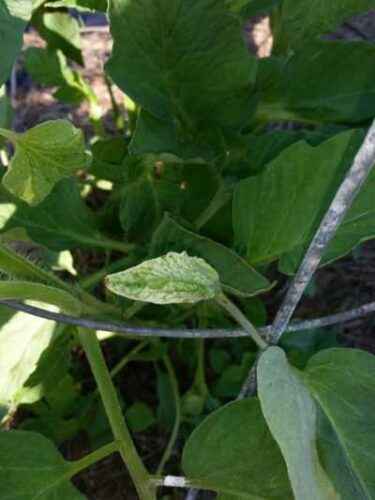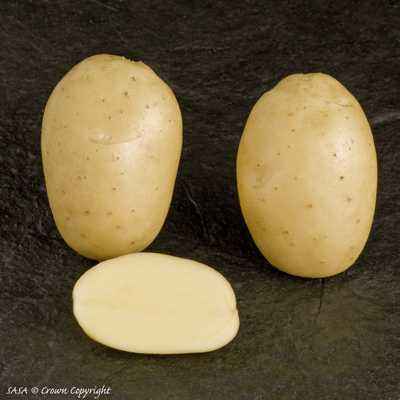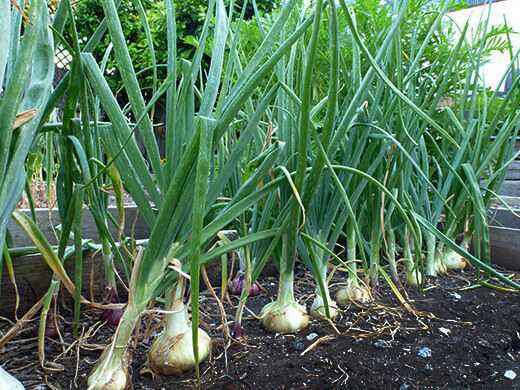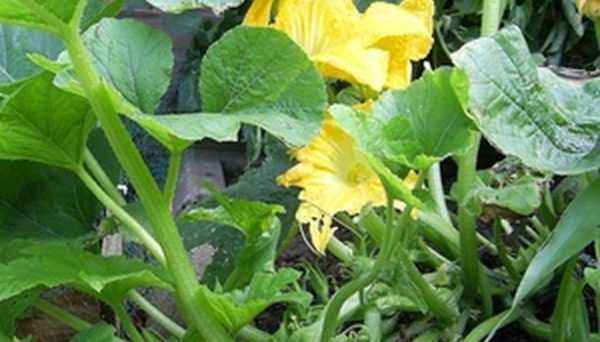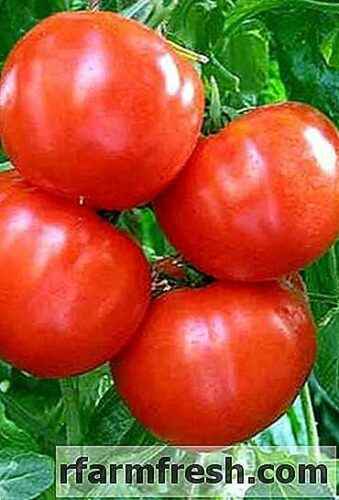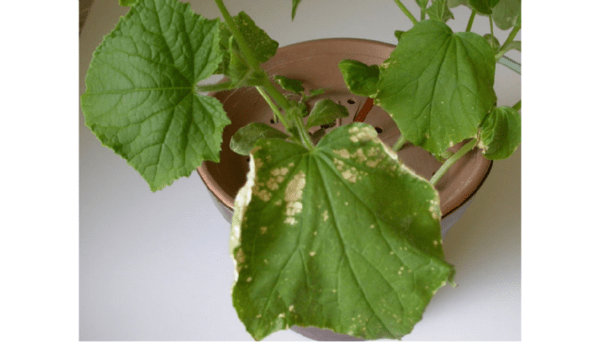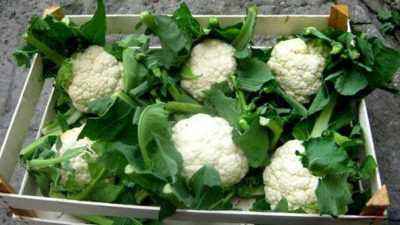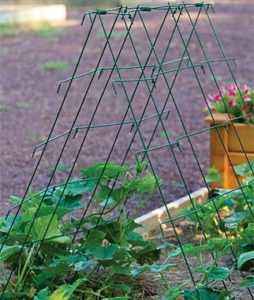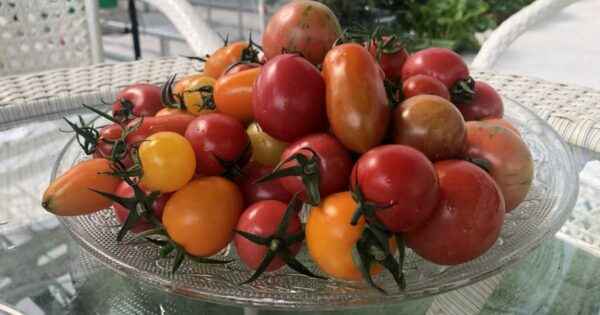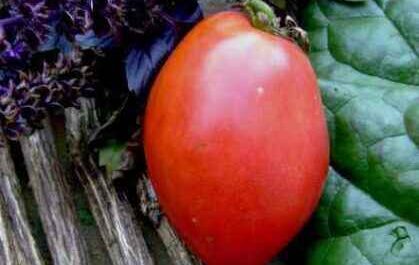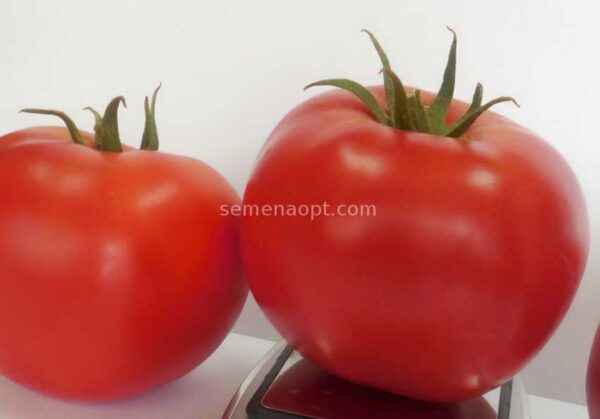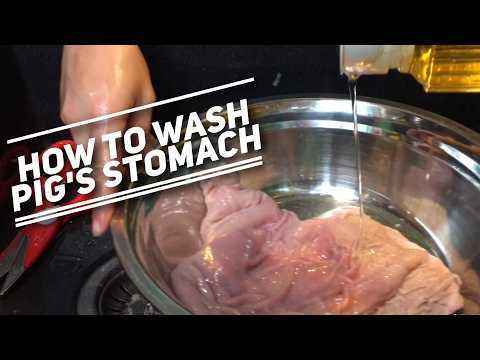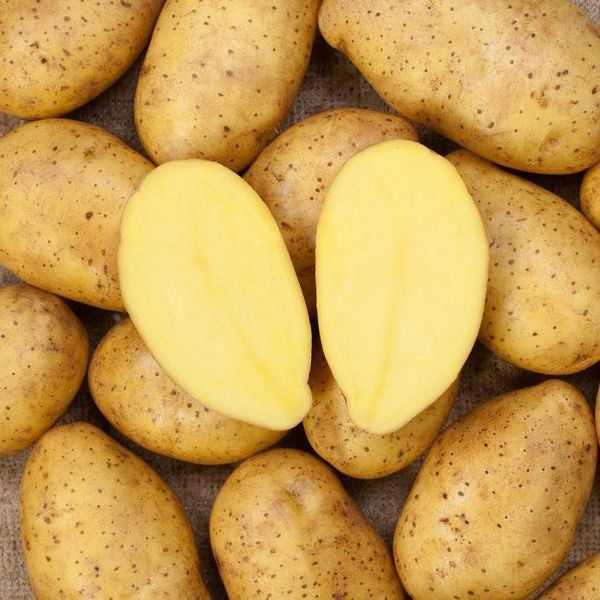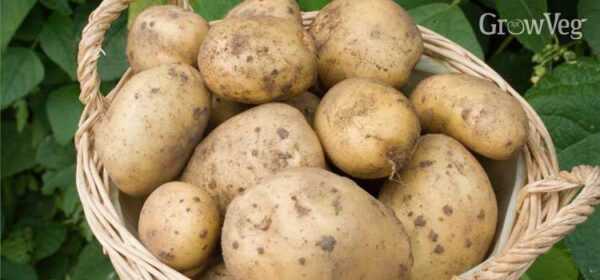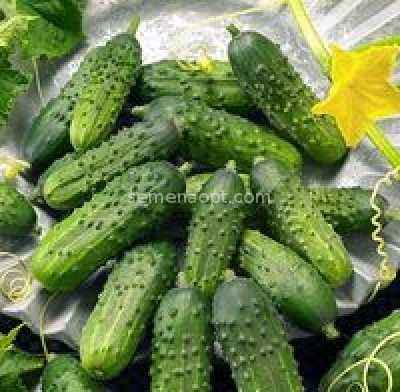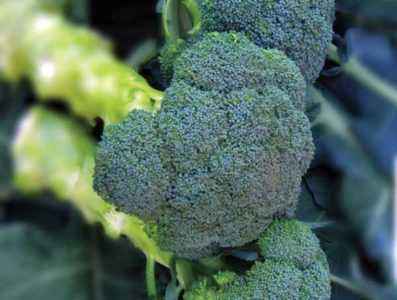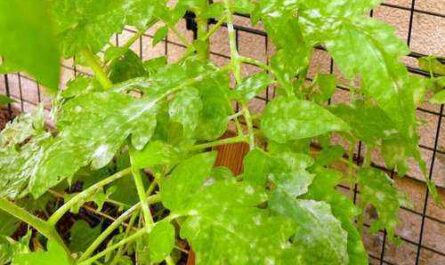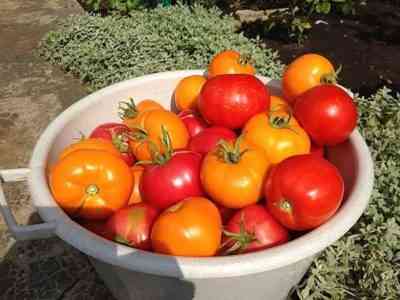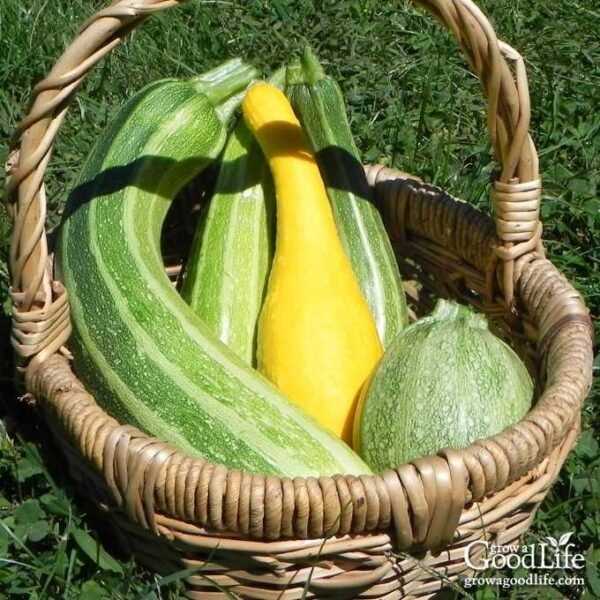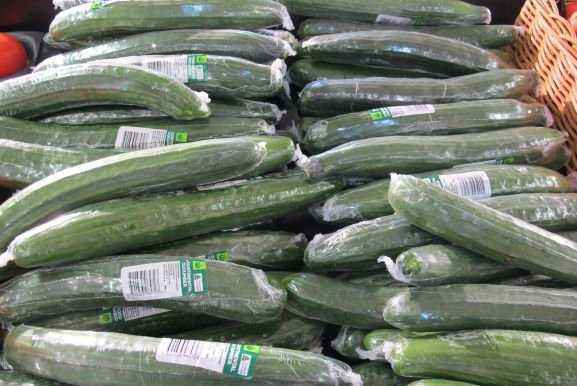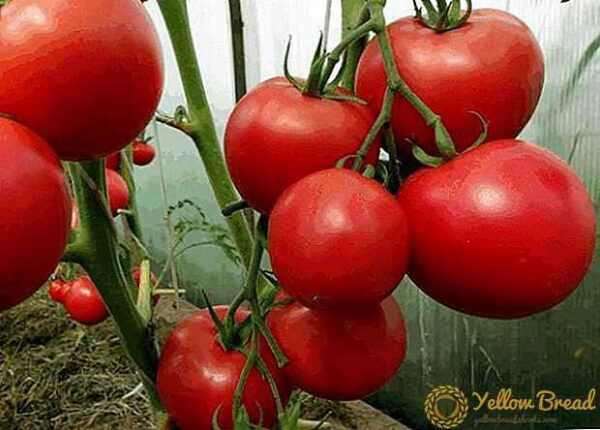Different varieties of potatoes have their advantages and disadvantages. Many of them are similar in common. One of these varieties is Belorussian potato Lilya.
- Description of the Lily variety
- Advantages of the Lilya
- Planting of Lilya potatoes
- Preparation of tubers
- Preparation soil
- Planting potatoes
- Features of care
- Watering <
- Fertilizer <
- Pest control
- Conclusion <

Characteristics of the Lilya potato
Lilya potato has good commercial and taste qualities. It is unpretentious to the conditions you cultivation, adapts well to weather changes.The productivity of the variety is always high, but it responds to the application of mineral fertilizers with an increase in yield.
Description of the variety Lilya
According to the description, the variety of potato Lilya early ripening, characterized by both early and mid-early tuberization. Productivity varies, depending on climatic conditions and type of soil. On average, the indicator is 320 c / ha. The maximum productivity of the variety was 750 kg / ha.
Consider the general characteristics of the plant:
- The bush is of medium height, semi-erect, intermediate type, medium spread. The stem is of medium thickness, semi-vertical, branched.
- The bush is characterized by an abundance of green mass.Leaves are small, dark green, intermediate. The edges are slightly wavy.
- The inflorescence is compact, medium in size, dense. The flowers are large, white.
- The root system is well developed, up to 15 root crops are formed on one bush.
- The tubers are large, weighing 100-200 g, oval-round shape. Usually neat, smooth, without tubercles and indentations. Quickly set and mature at the same time. Able to maintain shape and quality under strong mechanical stress.
- The peel is medium smooth, light brown with a yellow tint.
- The flesh is dense, light yellow, almost white.
- The eyes are small, superficial, germinate to a depth of 1-1.5 mm.
This type of potato is not only tasty, but also healthy. It contains protein, amino acids, carotene, organic acids and sterol. The amount of starch in one root crop averages 14%.
The Lilya potato variety belongs to the culinary types A and B and has a table setting. It is great for making soups, mashed potatoes and salads. When cooking, the potato does not boil, retains its shape. It is also suitable for frying; French fries are made from it.
Advantages of the Lilya variety
One of the most important advantages of Belarusian Lilya potatoes is its high yield. According to the description, this variety is grown on almost all types of soils.In addition, the culture has other advantages:
- versatility in the use of tubers;
- resistance to drought;
- the duration of storage of the crop without compromising the quality of root crops;
- the marketability level is above 90%;
- good transportability.
A significant advantage of the variety is its resistance to common diseases of nightshade crops. Lilya variety is not susceptible to potato nematode, potato cancer, common scab. It is also resistant to late blight of tubers and leaves, almost never affected by viral infections.
Planting Lily potatoes

Plant productivity
depends on the composition of the soil. Potatoes of the Lilya variety should be planted in mid-May. It can grow in almost any soil, but the most suitable are light and medium in terms of particle size distribution. The more nutrients they have, the higher the yield.
For planting this crop, select sites on which perennial grasses, winter crops, legumes, annual grasses and flax have previously grown. On sandy soils, seed material is placed where lupine used to bloom. It is not recommended to grow potatoes in the same area for several years in a row.
Preparing tubers
An important step in the process of growing potatoes is the choice of seed.Productivity depends on the quality of root crops. It is better to start cooking them in the fall, immediately after collecting vegetables. When choosing seed tubers, the following rules should be followed:
- from the whole harvest for future planting, you should choose small potatoes and leave large ones for eating or for other use;
- choose the tubers are better from the bushes on which the most fruits were formed;
- ideal for planting potatoes 4-5 cm in size;
- you can choose the tubers a little larger, as they will ripen and give more harvest;
- if the root crops of small diameter are few, you can plant potatoes, cut into several lko parts.
Option to cut potatoes is quite possible, but to one of its parts could get a good crop, you need to carefully look after the seed prior to planting in soil. Before landing in the hole, pieces of tubers are dried in the sun, and then sprinkled with ash. This is necessary so that the material does not rot in case of rainy periods and does not deteriorate from infection with viruses or fungi. It is important that when planting cut potatoes the weather is dry and warm.
About a month before planting in the soil, root crops are germinated by placing in a well-lit place. Periodically, the tubers are moistened by spraying with plain water on both sides. To minimize the risk of bacteria on the tubers and stimulate their germination, the fruits are sprayed with a solution of mineral fertilizers.After the sprouts grow by 1-1.5 cm, the potatoes are planted in open ground.
Soil preparation
If sandy loam is present in the area intended for planting potatoes, loamy, forest or dried peat soil, you should not worry about productivity. But if the soil is acidic and heavy, it is imperative to fertilize the earth with manure in order to improve its characteristics. Natural fertilizers, especially humus, can be applied to any soil to make it more nutritious.
The first soil is fertilized in the fall, after harvesting, and again – before the new planting of tubers. For 1 square. m make 10 l of manure or 50 g of potassium-phosphorus fertilizers. Acidic soils must be calcified by adding 400-500 g of dolomite flour or lime per 1 sq. Km. m of land.
The process of soil preparation involves the destruction of weeds and residues of other vegetation, as well as deep digging and loosening of the earth both in autumn, after harvesting, and in spring, before planting potatoes. Digging 8-10 cm in depth. Large clods of earth do not need to be broken: they themselves are washed away after melting snows and rains, which will make the soil softer.
Planting potatoes
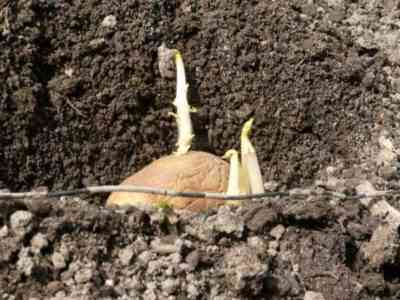
Potatoes are planted in warm soil
Potatoes are planted in the soil when the soil 8 cm deep warmed up to at least 10 ° C.
When planting, choose a 60 × 35 cm pattern. If the site is large enough, increase the distance to 80 cm by 1 row. The main thing is that the bushes do not obscure each other.
If the area is small, do not make the holes too close, because when the bushes grow, the air will not pass well, as a result, it will be difficult to carry out an earthing up. It is possible to plant root crops at a distance of 18 cm rather than 35. This is taking into account the fact that the tubers are small.
Wells for seedlings should be about 10 cm in depth, but the depth depends on the type of soil and the size of the potatoes. Large tubers are planted deeper, and small tubers are closer to the surface. In light soil, the depth can be up to 10 cm, and in thick soil with clay up to 5 cm.
Care features
First of all, after planting root crops, you need to loosen the trampled earth , this will help prevent weeds. For cultivation use a harrow or a heavy rake. Loosen diagonally so as not to accidentally pull the tubers out of the ground. Such care of the beds not only helps to get rid of excess vegetation, but also improves soil aeration and retains the right amount of moisture in it.
It is also necessary to hush the bushes to protect them from frost and allow plants that were covered with soil to grow . After hilling, underground shoots will begin to grow faster, on which more tubers will form in the future.Thanks to this care, insects left over from the autumn, as well as their eggs laid in the soil, are destroyed.
Watering
In order not to disturb the growth of roots, do not just water planted root crops. Excess moisture prevents the roots from growing deeper, and the plant will not be able to develop normally. Watering tubers should be after the appearance of the first sprouts, with the growth of bushes, they increasingly need water. At the same time, they can not be heavily flooded.
The bushes require the greatest amount of water during the formation of flowers. If the tubers are rarely watered, the future yield will decrease significantly. Water temperature should be room temperature. The best time for watering is early morning or evening.
Fertilizer
Experts recommend foliar top dressing twice a month. Sufficiently grown bushes are sprayed with a solution of superphosphate, which promotes the ripening of tubers, improving their quality and marketability. Growth stimulants are also used, but then the plant will need additional nutrition.
It is necessary to carry out root dressing 3 times for the entire growing season. The first time you need to fertilize potatoes when the leaves begin to form. The second time – when the process of forming buds is in progress. Thanks to the third top dressing, tubers form much faster.
Pest control
The most dangerous pests for Lily potatoes are Colorado beetles, thrips and aphids.A reliable way to combat these insects will be spraying bushes with insecticides. It is better to pick off the affected leaves in order to prevent the spread of diseases.
Another threat to potatoes is the wireworm. It mainly affects tubers. To destroy it, use any pesticides to control garden insects.To prevent the appearance of pests, weeds are regularly weeded and spudded.
Conclusion
According to the description, Lily is a high-yielding potato variety with good taste and marketability. It is easy to grow, it is unpretentious to weather conditions and care, therefore it is popular among private gardeners, farmers and industrial and agricultural producers. This potato is tasty, healthy, nutritious and versatile to use.
